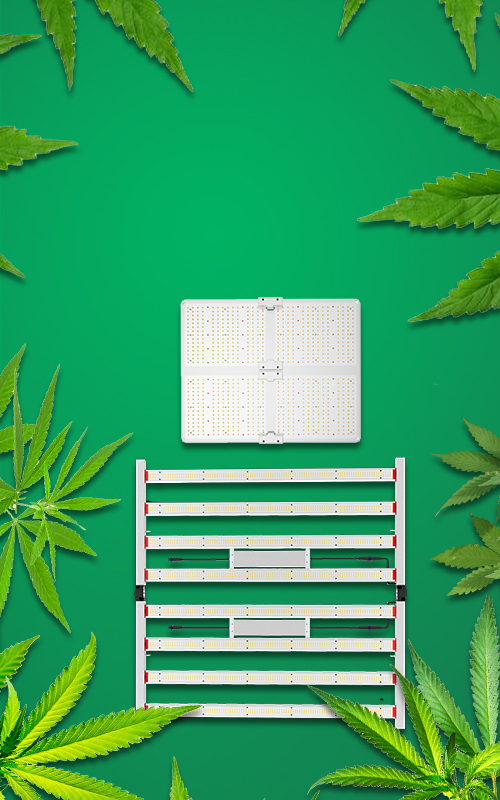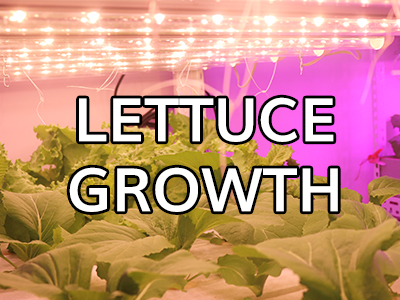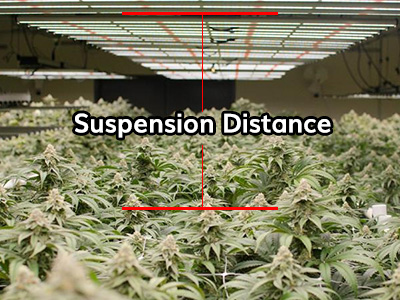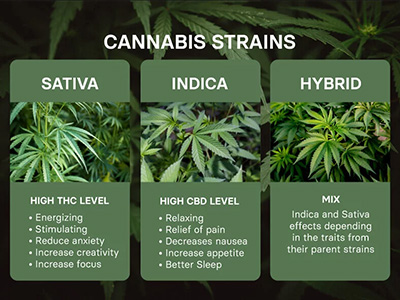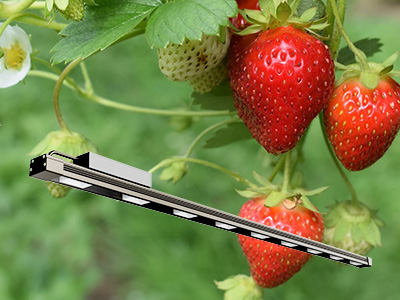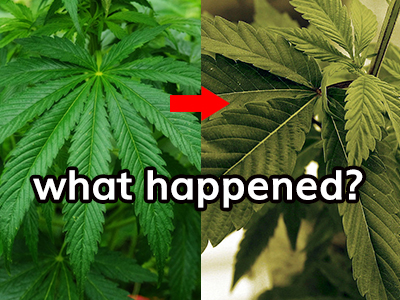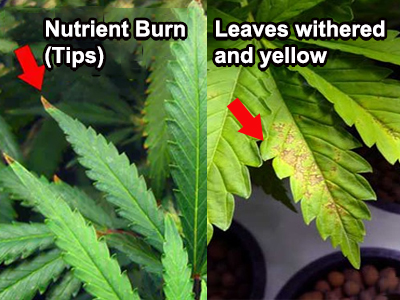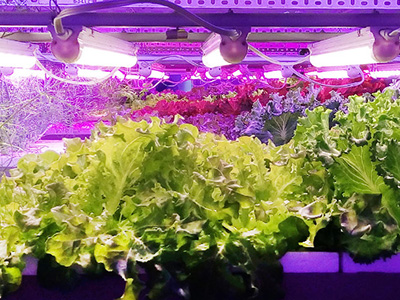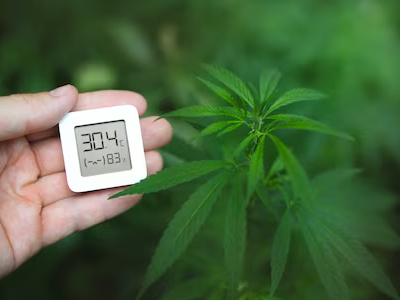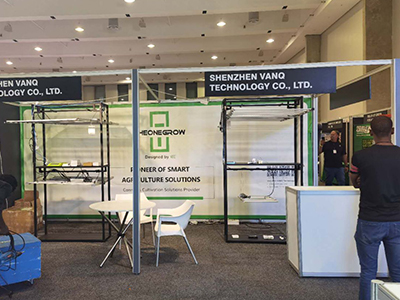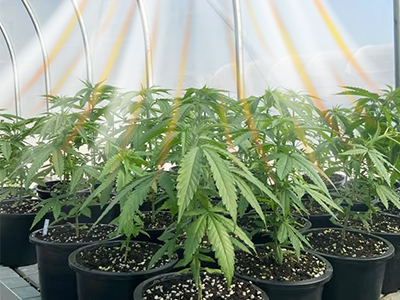Apr 12 , 2024
How to grow lettuce indoors?
Explore how to grow lettuce indoors! With the rapid growth of the indoor gardening market, learning to grow lettuce at home has become a popular trend. This article guides you on choosing the right grow lights, setting up hydroponic systems, and managing nutrient solutions to optimize the growth conditions of lettuce. Whether you are a beginner or an experienced gardener, these tips will help you successfully grow lettuce indoors.





















